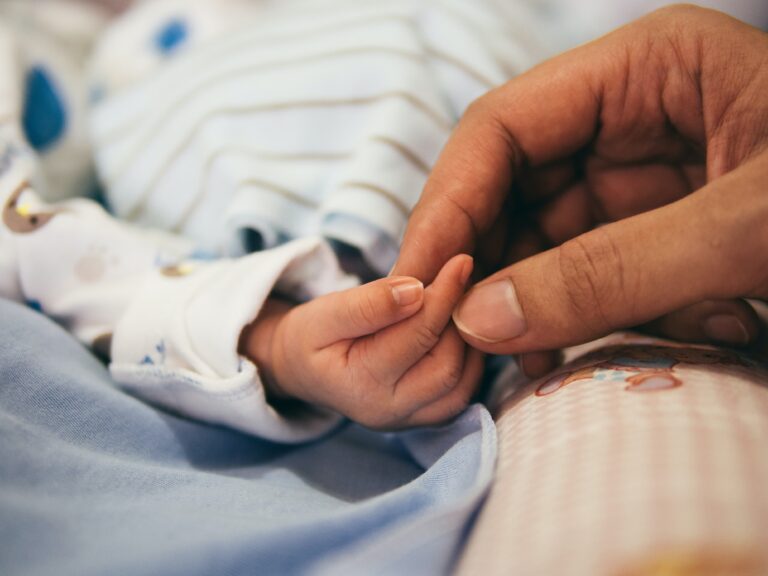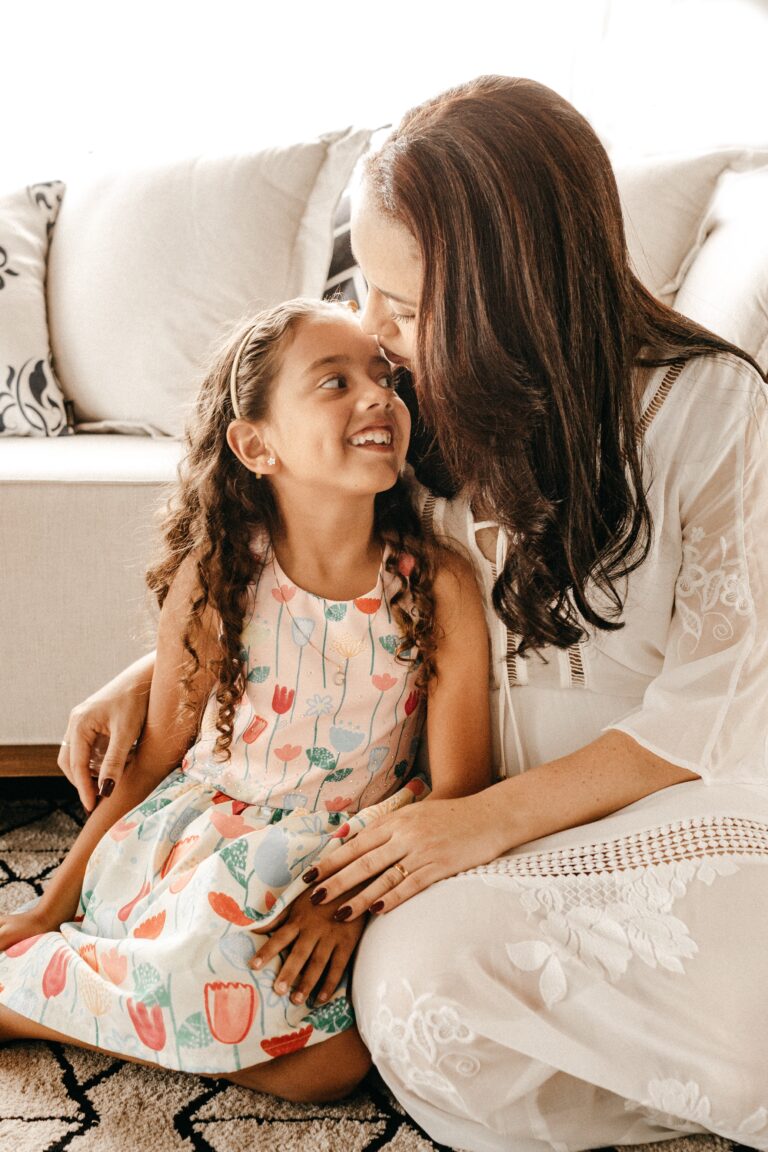
Hi!
I'm Carole
Hello! I’m Dr. Carole Swiecicki, a licensed clinical psychologist with a 15 year career in helping people overcome trauma. I am also an infertility survivor, an IVF warrior, and a mom.
Human beings are social creatures by nature, and even the most introverted of us have an innate desire for connection. At the heart of these connections lies the concept of attachment, a fundamental aspect of human relationships that shapes our emotional well-being and influences our interactions with others.
Attachment can be defined as a deep and enduring emotional bond that forms between individuals. Psychologist John Bowlby, a pioneer in attachment theory, described it as an innate human instinct aimed at seeking proximity, safety, and support from significant others. It is a deep and enduring emotional bond between two individuals. Attachment also serves as a cornerstone for emotional development, and it extends to various relationships, including those with family, friends, and even pets. Bowlby conducted extensive research on attachment that emphasized its role in promoting emotional security, shaping personality, and influencing future relationships.
So when and how do attachments form? And don’t we all have the same types of attachments?

Attachments begin to form right from birth, as babies seek physical contact with their caregivers for nourishment, comfort, and warmth – and learn about the world and their relationship based on the responses.
The roots of attachment can be traced back to early childhood experiences, beginning to develop in early infancy and continuing to evolve throughout childhood and beyond. The quality of our early relationships and attachments, which are shaped by the caregiver’s responsiveness and sensitivity, lays the foundation for the child’s future relationships and social interactions. The stages of attachment development, as supported by research, are:
- Pre-attachment (Birth to 2 months): During this stage, infants instinctively seek physical contact with their caregivers for nourishment, comfort, and warmth. However, their attachment is not yet fully focused on a specific individual.
- Attachment in the making (2 to 7 months): Infants start to recognize familiar faces and develop a preference for specific caregivers. They respond differently to familiar versus unfamiliar individuals, indicating the emergence of attachment bonds.
- Clear-cut attachment (7 months to 2 years): This stage marks the peak of attachment formation. Infants demonstrate clear preferences for primary caregivers and exhibit distress when separated from them. They actively seek proximity, engage in social referencing, and use their caregivers as secure bases for exploration.
- Formation of reciprocal relationships (2 years and beyond): As children grow older, their attachment evolves into more complex and reciprocal relationships. They develop a deeper understanding of their caregivers’ needs and emotions, engage in emotional sharing, and display greater independence while maintaining a secure attachment.
Types of Attachment
We don’t all form the same styles of attachment. Attachment styles can be categorized into several types based on the nature of the bond formed. Psychologist and attachment pioneer Mary Ainsworth identified three primary attachment styles through her famous “Strange Situation” experiments:
- Secure Attachment: Individuals with secure attachment styles feel confident in their relationships and exhibit a healthy balance between independence and closeness. They trust in the relationship, readily seek support when needed, and see the figure as a “secure base” from which to explore the world. From a parenting lens, style tends to develop after consistent, sensitive caregiving.
- Anxious/Avoidant Attachment: Those with this attachment styles often fear abandonment and seek reassurance and validation frequently. This style is believed to develop when children experience rejection from caregivers after seeking comfort. They tend to show little emotion when separated from and reunited with their caregivers, and as they grow into adulthood they tend to avoid emotional intimacy and may have a hard time trusting others.
- Anxious/Ambivalent Attachment: Individuals with this attachment style may feel uncomfortable with emotional intimacy and tend to prioritize independence. It is most common when children grow up with inconsistent parenting that isn’t attuned to their needs (for example, being sometimes attending and subsequently pushing you away). As they grow, these individuals may appear clingy, highly sensitive to criticism, frequently seeking approval, and having fears of abandonment.
- Anxious/Disorganized Attachment: This type of attachment is displayed in inconsistent or fearful behaviors when the child sees their caregiver, and often stems from experiencing frightening or abusive behavior from the caregiver. These individuals often have trouble regulating emotions, may have high levels of anxiety, and struggle to trust others.
Attachment begins to form early, but we are always learning from our experiences and can foster healthier attachments (even in adulthood!).

The Impact of Attachment
Attachment profoundly influences our emotional and psychological well-being throughout our lives. Secure attachments in early childhood can foster healthy emotional development, enhance self-esteem, and provide a sense of security and stability. On the other hand, insecure attachments (all of the other types) can lead to various challenges, such as difficulties in forming and maintaining relationships, low self-esteem, and vulnerability to mental health issues.
Understanding our own attachment style can provide valuable insights into our behaviors and preferences in intimate relationships – including our relationship with our own child(ren). It can also help us identify potential challenges and work towards developing healthier attachment patterns.
While attachment patterns are formed early and therefore take insight and practice to change, it is possible to develop and nurture secure attachments throughout our lives. Here are a few strategies to foster secure attachments:
- Enhance self-awareness: Recognize and understand your own attachment style to better comprehend your needs and expectations in relationships.
- Build healthy communication skills: Effective communication is vital for building trust and emotional intimacy. Express your feelings, needs, and concerns with your loved ones, fostering a sense of safety and understanding.
- Practice empathy and active listening: Develop empathy towards others’ emotions and concerns, and actively listen to their thoughts and feelings without judgment.
- Seek professional support: If you find that past experiences or attachment patterns are significantly impacting your relationships, consider seeking the guidance of a therapist or counselor who specializes in attachment-related issues.
It may feel like a lot of pressure when you think about the impact of your own interactions on your child (and it is!). That said, attachment forms over many, many interactions – and there is always a chance to build or improve your relationship. A good place to start is by modeling healthy emotion regulation and working to be as calm, sensitive, and predictable as possible. Even though it can be hard to do sometimes, consistently acknowledging and validating your child’s emotional experience is a great way to strengthen your bond with them.
References:
Ainsworth, M. D. S., Blehar, M. C., Waters, E., & Wall, S. (1978). Patterns of Attachment: A Psychological Study of the Strange Situation. Erlbaum.
Bowlby, J. (1982). Attachment and Loss: Vol. 1. Attachment (2nd ed.). Basic Books.
Mikulincer, M., & Shaver, P. R. (Eds.). (2016). Attachment in Adulthood: Structure, Dynamics, and Change (2nd ed.). Guilford Press.